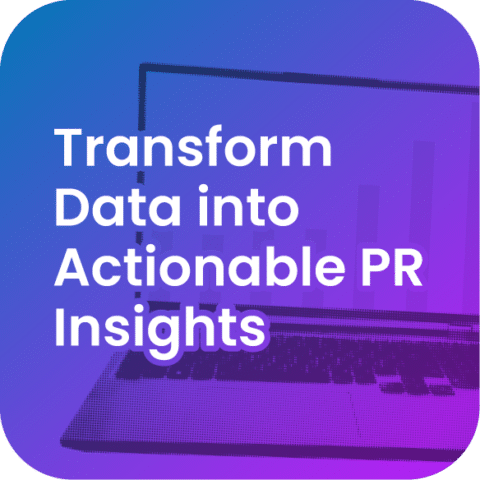Ever wondered why some content flies while yours crawls? It’s not always because the writing’s bad or the design’s dull. More often, it’s because it’s answering questions no one’s actually asking. The internet is crowded, but attention is scarce. If you want your content to work, you can’t just brainstorm in a meeting room and hope for the best — you need proof that people want it. That proof lives in the data Google serves up every single day.
A Reality Check for Content Planning
Internal assumptions are comforting, but they’re also dangerous. Teams often cling to “we know our audience” as if it’s gospel. But audiences change, trends fade, and yesterday’s hot topic can be today’s snooze-fest. Real content planning starts with real signals — and those signals are hiding in plain sight. Integrating a Google scraper api can reveal what your audience is curious about right now, the formats they engage with most, and the opportunities where you can truly stand out.

Source: Laurin Steffens, Unsplash.com Free-to-use licence.
Find the Questions Your Audience is Really Asking
You can write about anything. But if it doesn’t match what your audience is actively searching for, it’s like singing in an empty room — technically sound, but nobody’s listening.
Mining ‘’People Also Ask’’ for Idea Gold
Those collapsible questions in Google aren’t random filler. They’re real queries people typed in, and they can spark an entire content series. Each one is a ready-made topic — you just need to answer it better than anyone else.
Autocomplete as a Window Into Mindsets
As soon as you start typing, Google’s autocomplete reveals the most popular searches. It’s not just convenience — it’s a live stream of what’s top-of-mind for your audience. The variations can tell you which angle to take and which phrasing to use.
Turning Questions into Multi-Format Content
Some questions deserve a deep-dive, thousand-word article. Others shine brighter as a snappy video, a crisp infographic, or a quick-hit carousel. Matching the right question to the right format increases the odds your content will get seen — and shared.
Why Guessing Is the Weakest Content Strategy
Relying on instinct alone in content planning is a bit like throwing darts blindfolded — you might hit the board, but you probably won’t win the game. Search data takes off the blindfold. It shows you exactly where the target is, how big it is, and how often people are aiming at it. The magic isn’t in guessing better — it’s in replacing the guess with proof, so every piece you create has a fighting chance to land exactly where it should.
Filling In the Content Gaps
Your competitors aren’t covering everything. In fact, they’re leaving opportunities all over the place — you just have to know how to spot them.
- Find half-answered questions – If the top results only skim the surface, go deeper and own the topic.
- Identify outdated resources – Out-of-date stats, broken links, or irrelevant examples? Step in with fresh, relevant content.
- Spot missing subtopics – When a big theme is covered but its smaller parts aren’t, you can build authority by filling the gaps.
- Cover underserved formats – If everyone’s writing blog posts, try video or interactive content.
- Target overlooked audiences – Niche groups often get ignored in broad content — speak directly to them.
Aligning Content With Business Goals
Not every trending search term is worth chasing. A post might get traffic but bring in zero qualified leads if it’s irrelevant to what you sell. The sweet spot is where audience interest overlaps with your commercial objectives. That means filtering ideas through a business lens: Will this content attract the right people? Will it support a key product or service? Does it strengthen our positioning in the market?
Building a Search-Led Content Workflow
If you want consistent results, you need a repeatable system — not random bursts of inspiration.
- Scrape SERPs for your core keywords regularly.
- Organize results into topic clusters.
- Identify intent, content formats, and missing pieces.
- Choose topics where audience interest meets your bottom line.
- Then get them out, watch how they perform, and tweak until they hit the mark.

Source: Nick Morrison, Unsplash.com Free-to-use licence.
What Does the Search Engine Like?
Google doesn’t reward content just for existing. It rewards relevance, clarity, and the ability to meet user intent. Sometimes that means concise answers; other times, it’s long-form deep dives. Look at the top results for your target keywords. Do they have lists, videos, or product guides? Are they detailed or snappy? Mimic the winning structure while bringing something extra to the table — more depth, better visuals, fresher data.
From Data to Creative Spark
Numbers alone won’t make your content sing, but they’ll tell you which notes to hit. Search data hands you the topics, questions, and formats your audience actually cares about — that’s your starting line.
Guesswork has no place in high-performing content strategies. When you plan with live search data, you’re aligning with real audience needs. Google’s search data is the closest thing you’ll get to reading their minds. Use it wisely, and you’ll stop creating for an imaginary audience and start speaking directly to the one that’s already searching for you.




